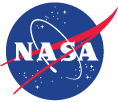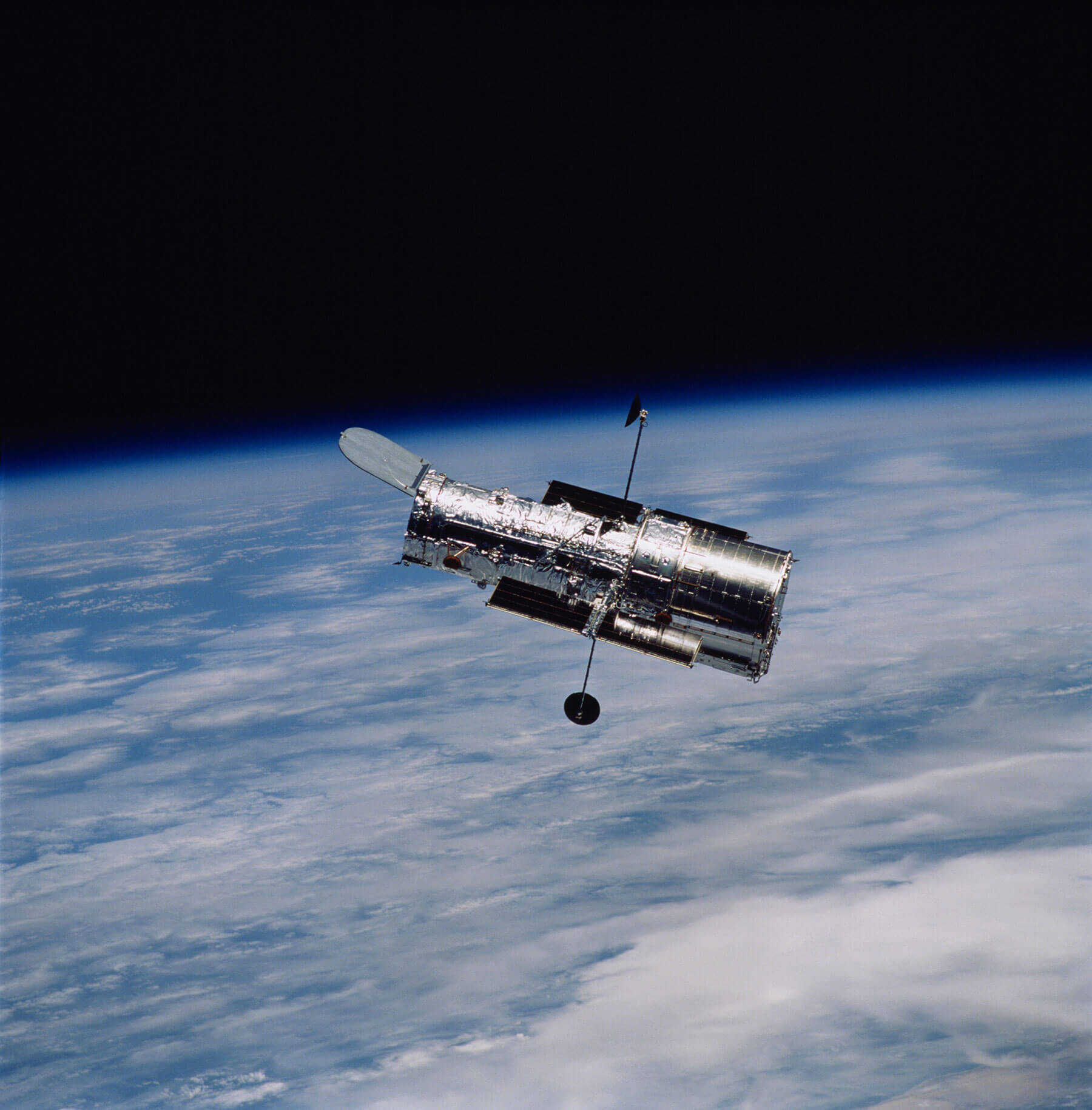
Small yet mighty! The Hubble Space Telescope takes beautiful images of our universe, which help scientists understand space better. Image credit: NASA
The Hubble Space Telescope was launched into orbit by space shuttle Discovery on April 24, 1990. Hubble orbits about 332 miles above Earth. It is the length of a large school bus and weighs as much as two adult elephants. Hubble travels about 5 miles per second. That is like traveling from the eastern coast of the United States to the western coast in 10 minutes!
Hubble takes sharp pictures of objects in the sky such as planets, stars, and galaxies. Hubble has made more than one million observations. These include detailed pictures of the birth and death of stars, galaxies billions of light years away, and comet pieces crashing into Jupiter's atmosphere.
Scientists have learned a lot about the universe from these pictures. Many of them are beautiful to look at.
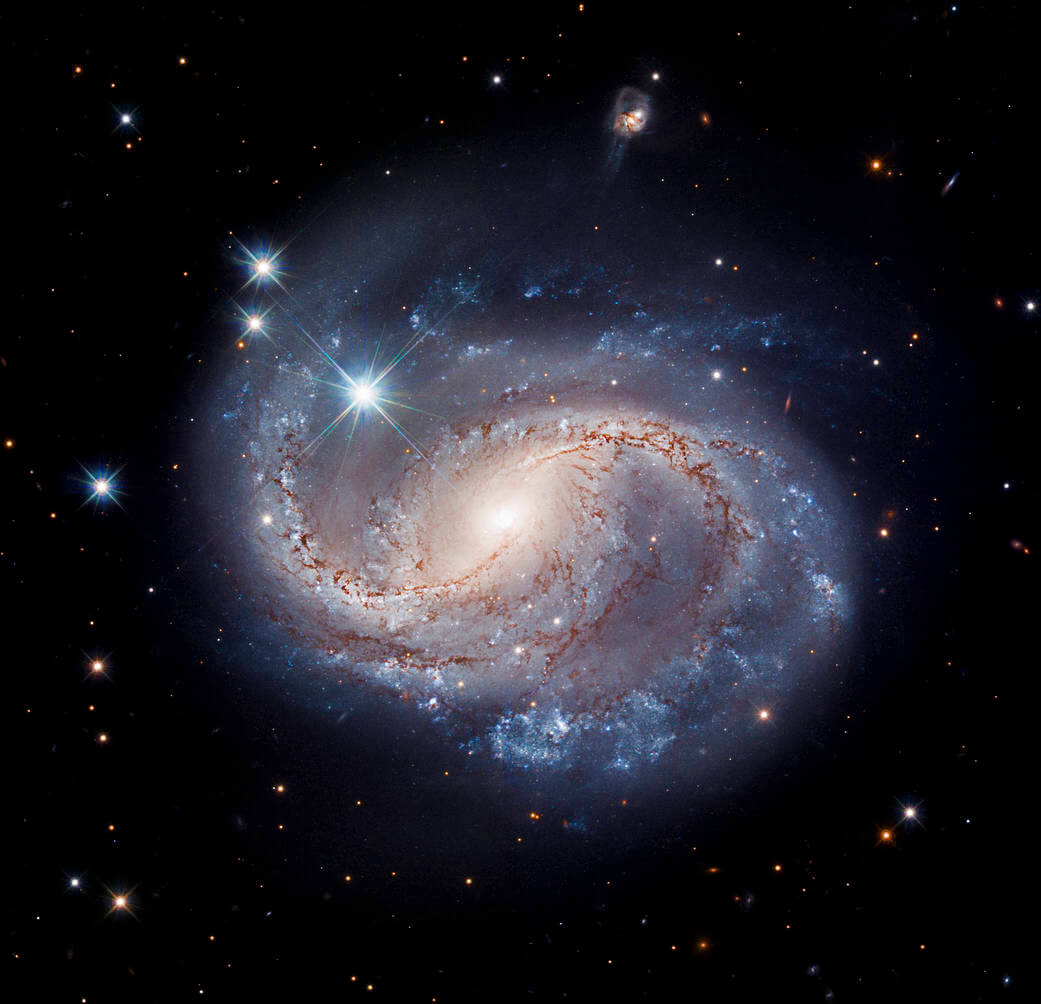
NASA’s Hubble Telescope captured this image that will leave you starry-eyed! Against an inky black backdrop, the blue swirls of spiral galaxy NGC 6956 stand out radiantly. Image Credit: NASA, ESA, and D. Jones (University of California – Santa Cruz)
What Makes Hubble Different From Telescopes on Earth?
The mixture of gases that surround a planet is called its atmosphere. Earth's atmosphere changes and blocks some of the light that comes from space. Hubble flies around, or orbits, high above Earth and its atmosphere. So, Hubble can see space better than telescopes on Earth can. Hubble is not the kind of telescope that you look through with your eye. Hubble uses a digital camera. It takes pictures like a cell phone. Then Hubble uses radio waves to send the pictures back to Earth.
Where Did the Name Hubble Come From?
Hubble is named after an American astronomer, Edwin P. Hubble. He made important discoveries in the early 1900s. He showed that the galaxy containing the solar system – the Milky Way – was only one of many galaxies. His work helped show that the universe is expanding. This led to the “Big Bang” theory, which says that the universe began with an intense burst of energy and has been expanding ever since.
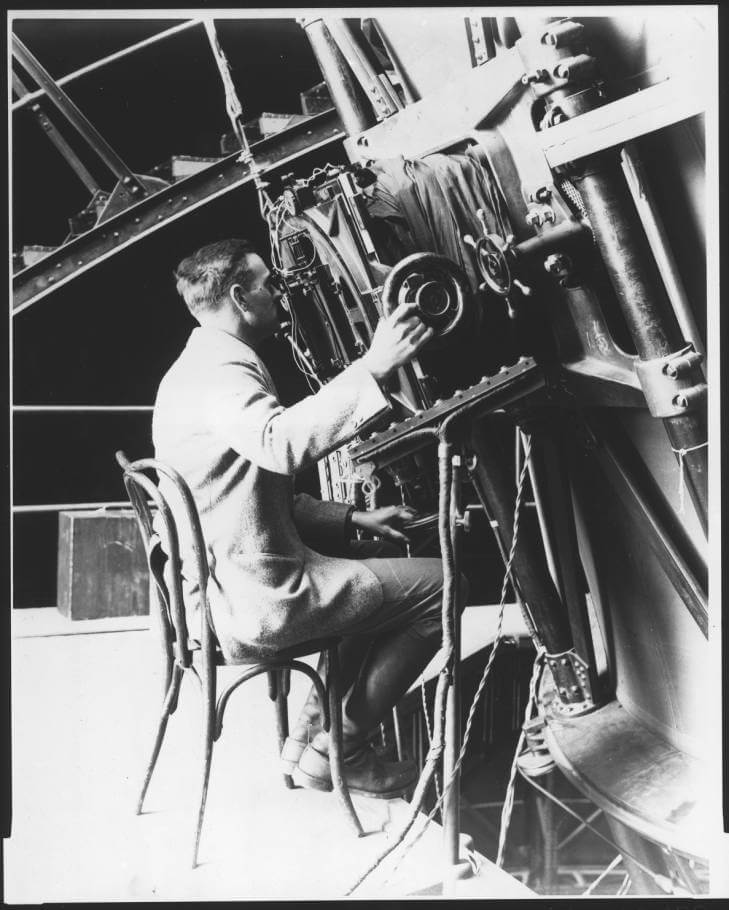
Edwin Hubble seated at the 100-inch reflecting telescope at the Mount Wilson Observatory in California. Credits: Edwin P. Hubble Papers, Huntington Library, San Marino, California
What Is NASA Learning From the Hubble Space Telescope?
Images taken by Hubble have helped scientists estimate the age and size of the universe. Scientists believe the universe is almost 14 billion years old. Hubble has helped scientists understand how planets and galaxies form. An image called the "Hubble Ultra Deep Field" shows the farthest galaxies ever seen.
Hubble has detected black holes, which suck in everything around them, including light. The telescope has played a key role in the discovery of dark energy, a mysterious force that causes the universe to expand faster and faster as time goes on. And it has revealed details of gamma-ray bursts -- powerful explosions of energy that occur when massive stars collapse.
Hubble has also studied the atmospheres of planets revolving around stars similar to Earth’s Sun.
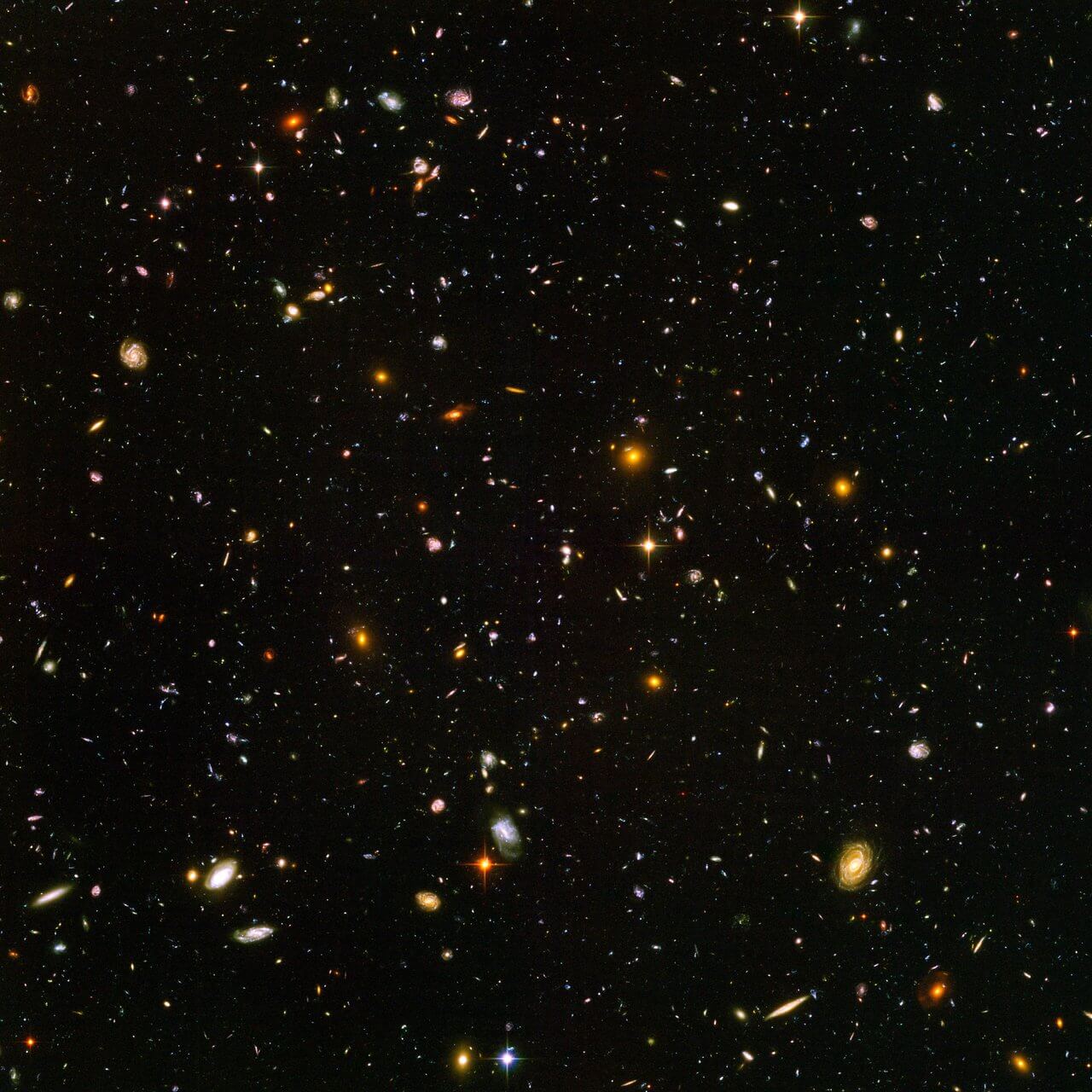
Galaxies, galaxies everywhere - as far as NASA's Hubble Space Telescope can see. This view of nearly 10,000 galaxies is the deepest visible-light image of the cosmos. Called the Hubble Ultra Deep Field, this galaxy-studded view represents a "deep" core sample of the universe, cutting across billions of light-years. Credits: NASA, ESA, and S. Beckwith (STScI) and the HUDF Team
Hubble has helped scientists learn about our solar system. The telescope observes comets and planets. Hubble even discovered moons around Pluto that had not been seen before. Pictures from Hubble help scientists learn more about the whole universe.
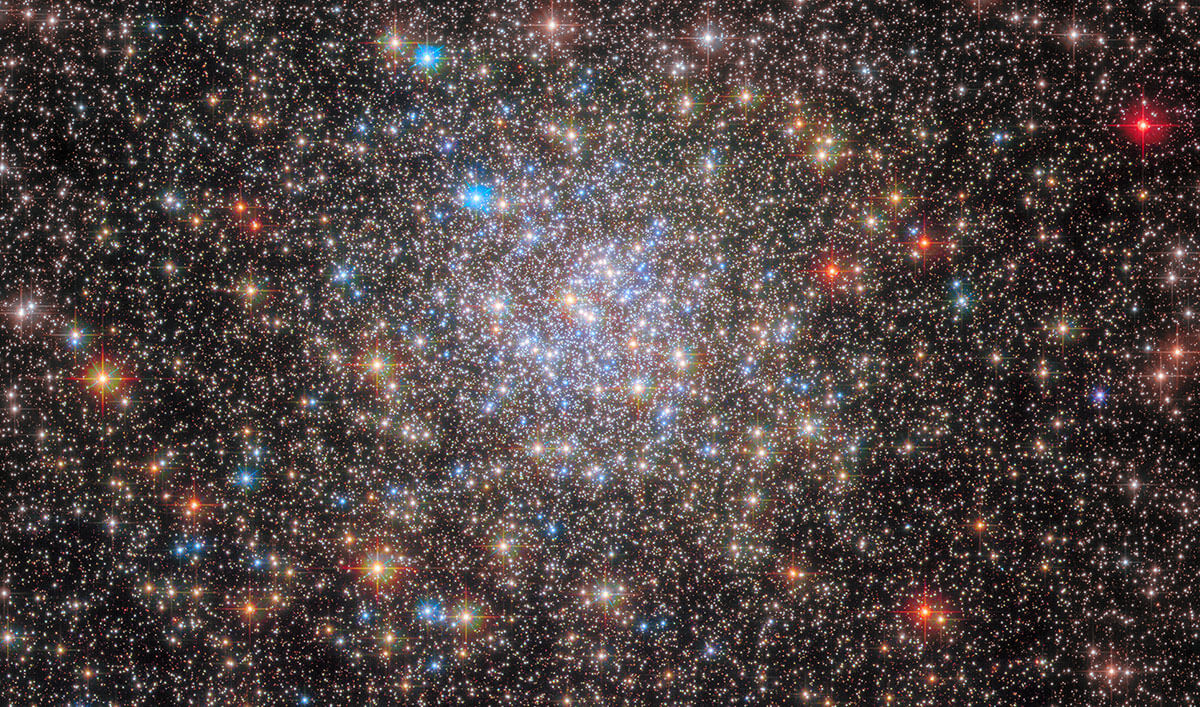
Why did the star keep going to school? So it could get brighter! The stars in this image of the globular cluster NGC 6355 taken by Hubble shine so brightly that they look like they’ve graduated! Credits: ESA/Hubble & NASA, E. Noyola, R. Cohen
